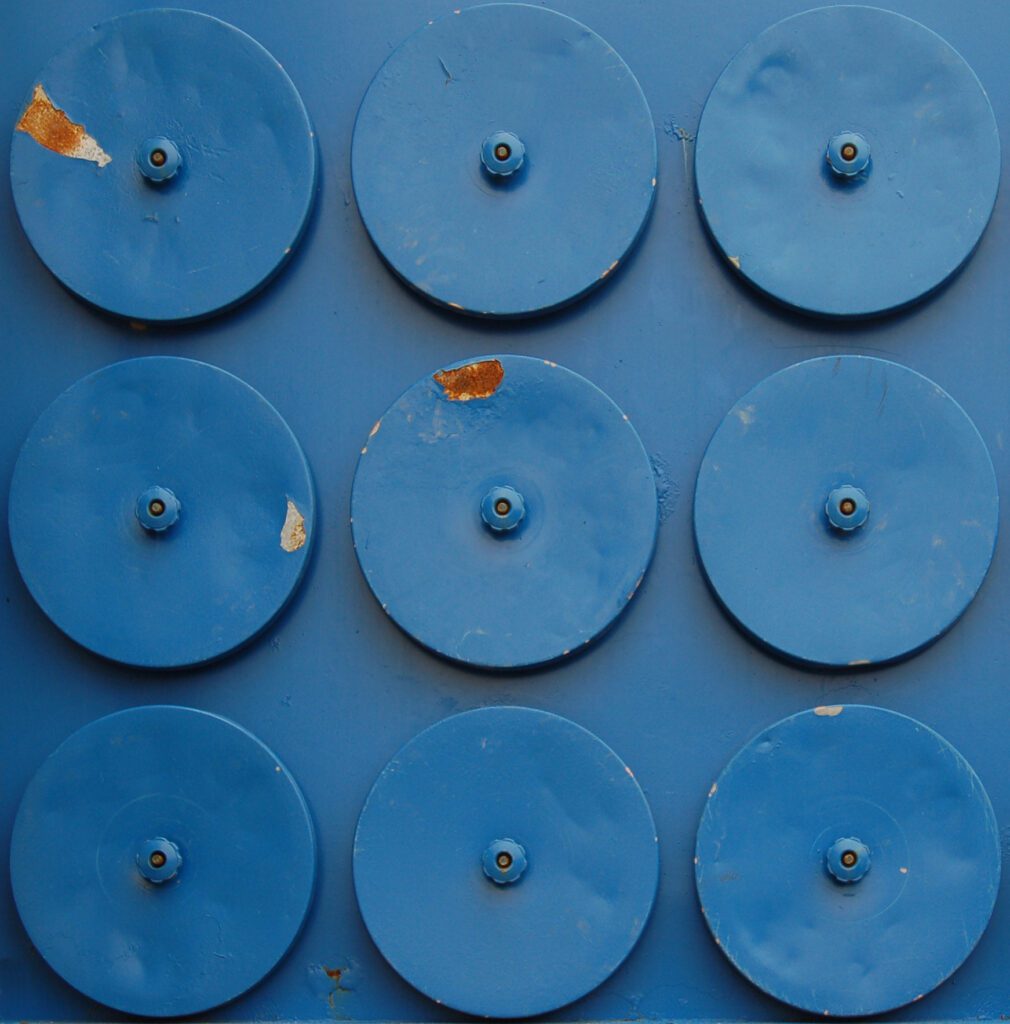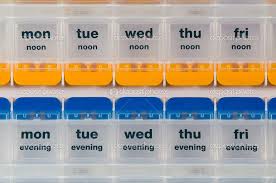Most of our research is designed to help older adults and their families make decisions and choices about topics that impact quality of life as we grow older — choices like which products and services can help older adults live independently for longer, and delay the time at which growing older gets in the way of living life to the full.
In addition, some of our work is designed to help innovators develop products and services that older adults like us will actually want and find useful.
Recent Analysis and Exploration
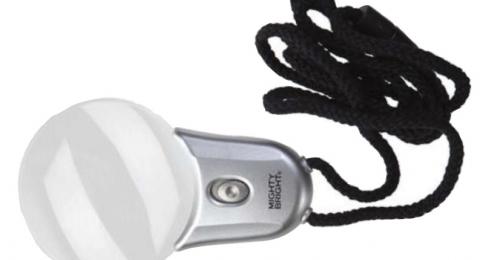
Lighted Magnifier: Read menus in dim light
Reading under poor lighting conditions is a common problem, not only for reading menus, but also for reading in bed, or seeing small type in a poorly lit space. What is needed is some type of lighted magnifier. There are four categories of solutions for this common problem. The pro’s and con’s of each solution are detailed below, as well as in the individual product listings we link to.
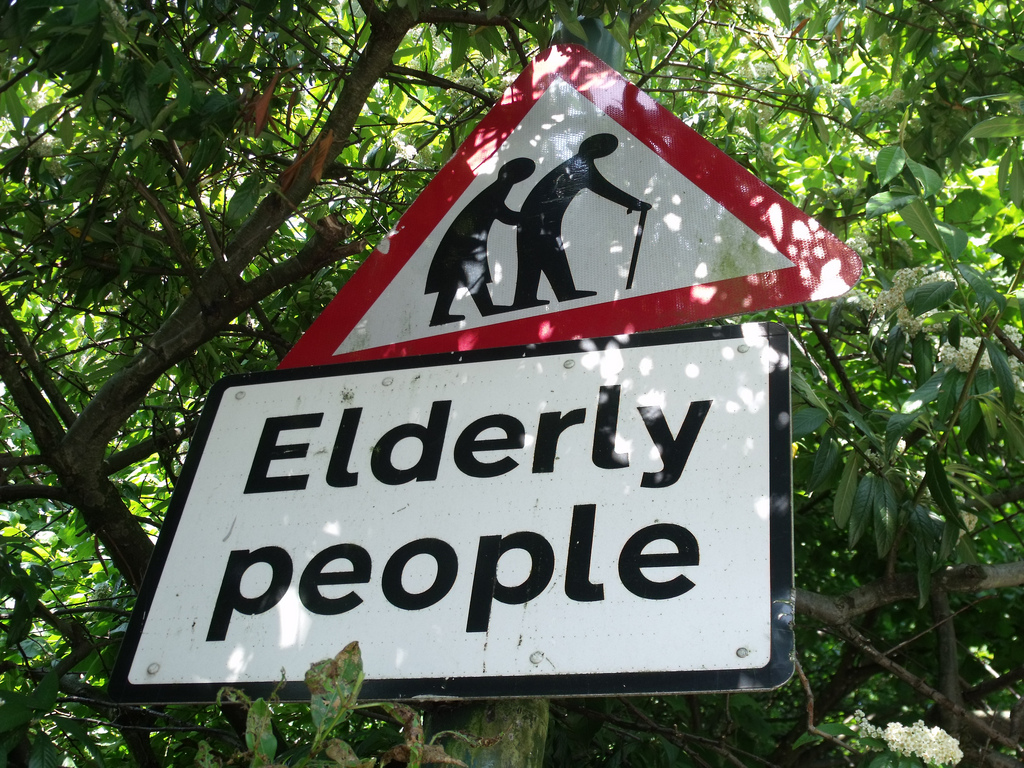
The Paradox of Good UX Design for Seniors
Seniors report avoiding, or using in as stealth a manner as possible, technologies that would improve the quality of their lives — even enhance their safety — because they are associated with or specifically designed for the elderly. The paradox, then, for good UX design that addresses seniors’ needs is to do so without explicitly seeming to target the “old.”
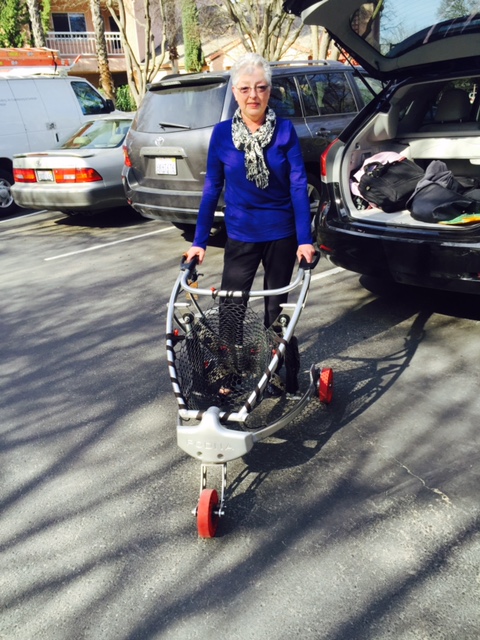
Inventor Road Trip
Earlier this month we invited the inventor of a new type of walker to come along to one of the Longevity Collective circle meetings and show the older adults members of our circle the prototype of her invention and get their feedback. It was pretty interesting. This article is about the experience.
Falls: Questions from the Collective
We held an Unconference at one of our Aging in Place Technologies Meetups to think about the following topic. What are the questions to which “you” would like answers with respect to making falls less of a concern?

Best Books on Aging Parents
Over the last 18 months I have talked with literally hundreds of people who have realized they now have an extra “job” that they were not expecting: engaging one way or another in looking out for an aging parent. Many of them wanted a “guide” to Caring for Aging Parents, and asked for recommendations. Sure enough, there are a number of books on aging parents on Amazon. I decided I wanted to find the most popular, and then read them and see whether I could identify a handful of them to recommend next time someone asks for a Guide to Aging Parents. This article is the first installment in my journey and focuses on which are the top selling books in this category (presumably the ones others have found most relevant).

A Conversation You Haven’t Had with Your Doctor…But Should
Drug company advertisements often end with the phrase “Ask your Doctor about…” followed by the newest drug being promoted. While surely they mean to ask if the new drug is right for you to start taking, I suggest a different question to ask your Doctor: “Of all the drugs prescribed for me, which one is most important for me to take correctly?”
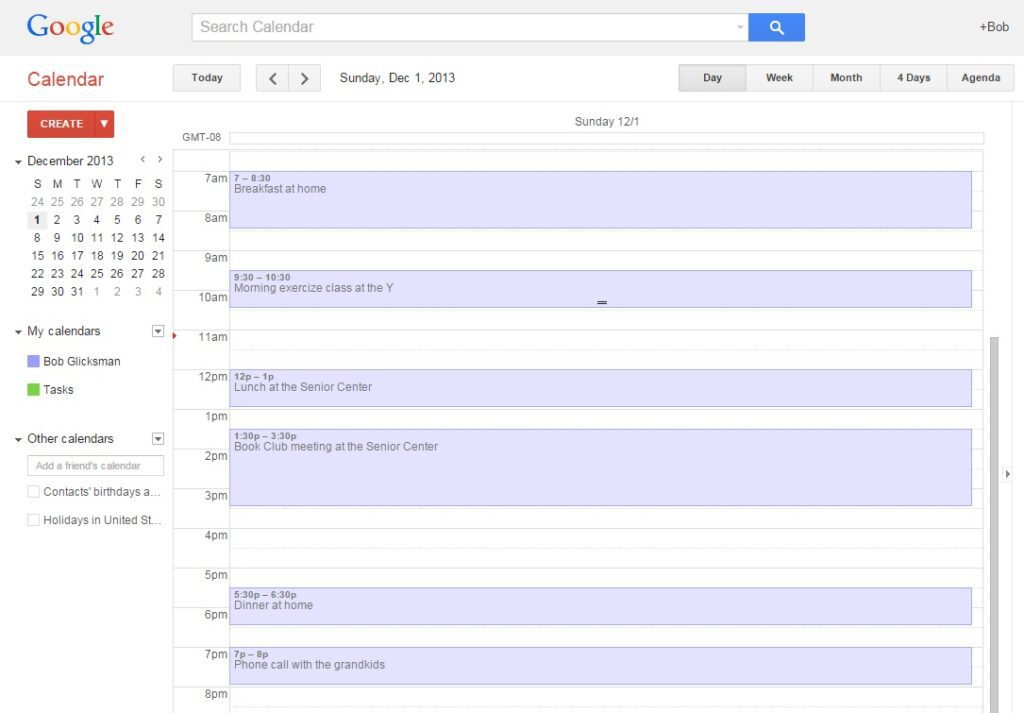
My Plan to Avoid the Terror of Short Term Memory Loss
My mother has severe short term memory loss. As her caregiver, I have found that her short term memory impairment has many adverse consequences. My experience with my mother has made me concerned about how I could avoid the horrors that come with short term memory loss when it inevitably hits me in the future.
While I cannot prevent short term memory loss, I do believe that I can mitigate the confusion and anxiety that comes with not being able to mentally track my daily activities. My solution is a simple technological memory prosthesis – a “wearable” calendar. This article describes my idea and how I am implementing it.

Fall proofing your house: a checklist
For the older adult worried about falls, one of the most important tasks is to “fall-proof” your house. There are numerous services you can retain to help with this. But how do you know they have done the right things? And, if you are the friend or family of an older adult, how can you do a “check” to make sure the house of the person you care for is relatively well “fall-proofed”? Here is a useful checklist developed by the Executive Director of Marin Villages.
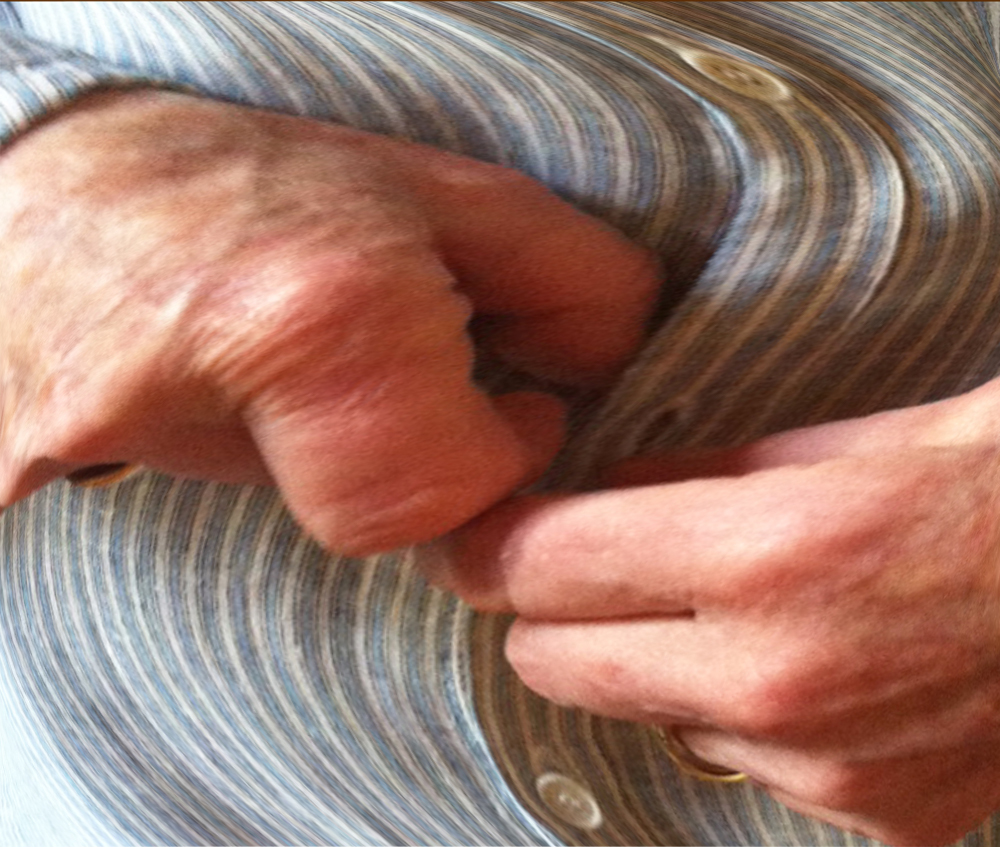
Arthritis Sufferers: Struggling with Clothing?
We have been looking for good arthritis clothing solutions. These products range from various special shoes for arthritis to a special type of arthritis bra. This article uses videos from around the web to demonstrate some of those solutions, and we add our comments and questions.

Isolation and Loneliness: HaveYourSay Circle
In the last co-creation meeting one group focussed on the issues of seniors being isolated and lonely. This is one of the top problems for seniors. As we age we lose our spouse and our friends. We also lose the ability to drive and get around. This results in isolation and loneliness. Our group identified the following things.
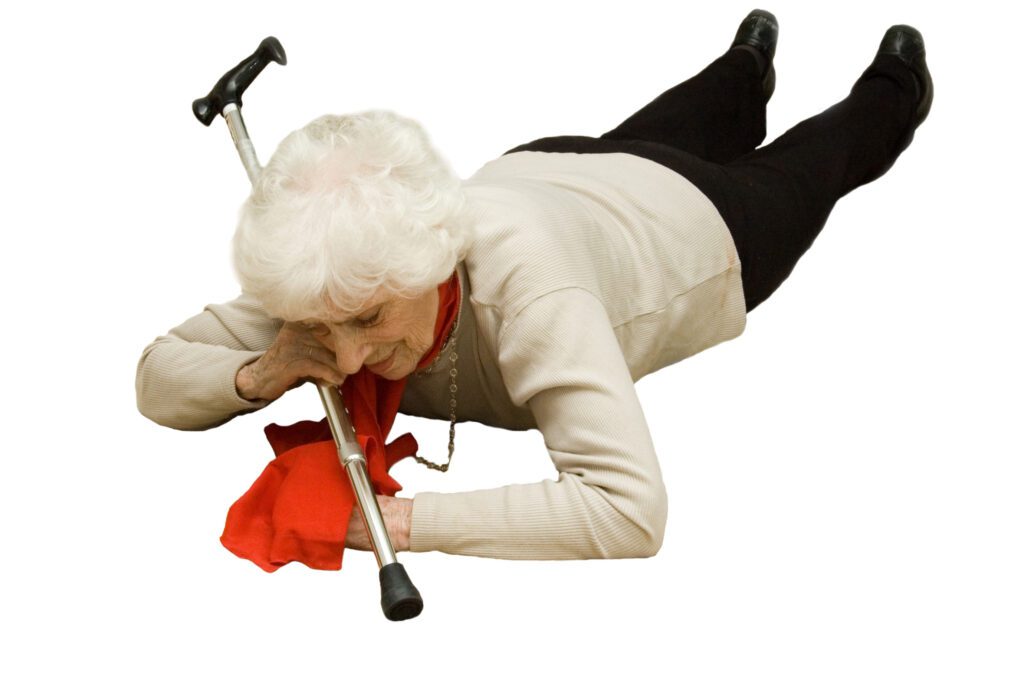
I’ve fallen. Now how do I get up?
Falls are a major problem for seniors who want to “Age in Place”. Unfortunately it is not uncommon for a senior to fall and be unable to get up afterwards due to a variety of underlying physical problems – even if no serious injury was sustained during the fall. While lots is written about calling emergency services, I thought it would be helpful to focus instead on simple techniques to help yourself. This article is about “how to get up”.
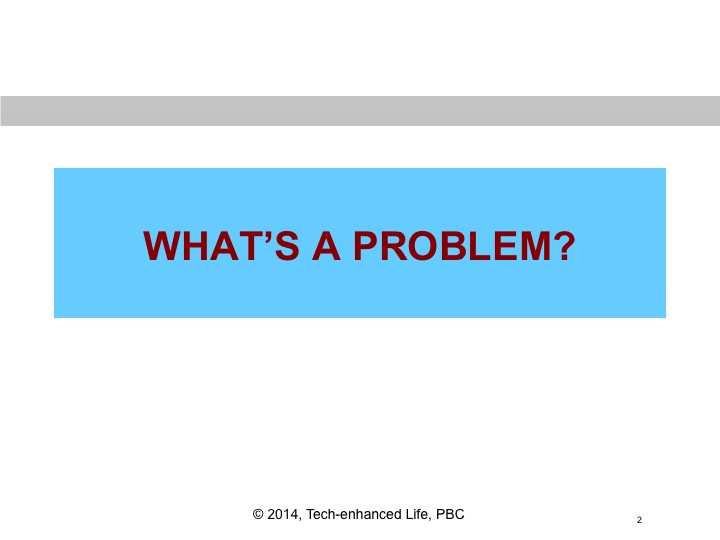
How to Articulate a “Problem”
At our last Meetup we spent a lot of time talking about how to articulate a “problem” in a useful way that can lead to solutions and effective brainstorming. We also tested out the process by having participants stand up and discuss the “problem” they care about with the circle. This article is a reference to remind everyone how to articulate a “problem”.

What does it mean to brainstorm topics? Next steps for co-creation
I noticed that many of the topics from our last meetup were framed as solutions or ideas for solutions — not as topics or areas on which we might want to collaborate as a group. I thought it would be useful to discuss the differences between topics and solutions, and share my thoughts on what we might tackle next as a group.
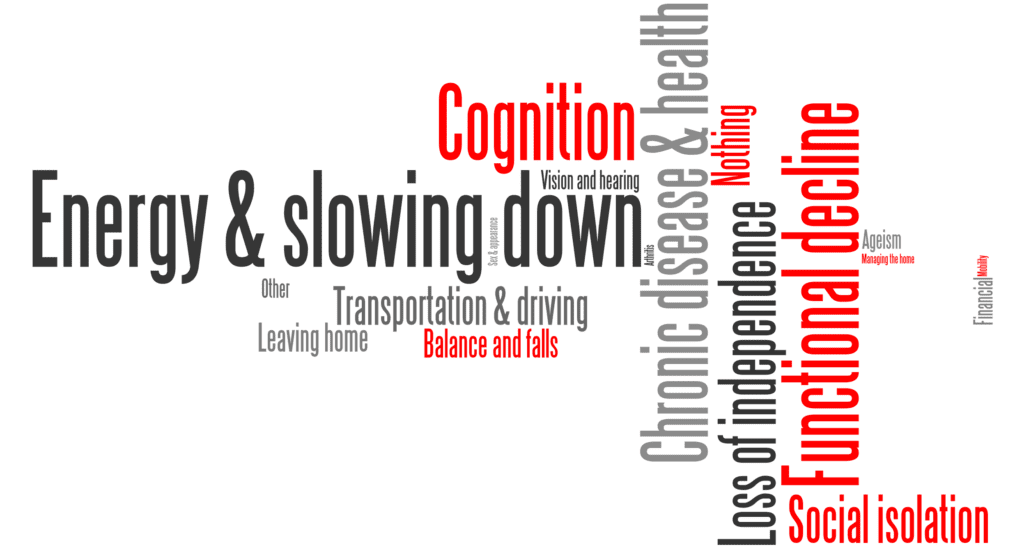
What do seniors worry about?
We wanted to get a better understanding of what bothers seniors about aging, and what they worry about. So, we are conducting 200 interviews to find out. This article shares some of what we have learned thus far from our interviews, in support of our mission to improve the quality of life of all of us as we age.
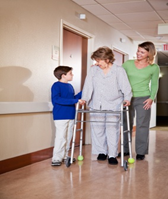
Needed Walker Improvements: More Functionality and Customization
Walkers are a life-saver for many people. They help older adults avoid falls and keep their independence. They also help patients in the hospitals who are recovering from surgeries or illnesses. They fill a need and many probably don’t think to examine the walker any further. However there hasn’t been much innovation in the walker arena in many years. The basic design has changed little and there is definitely room for improvement.


